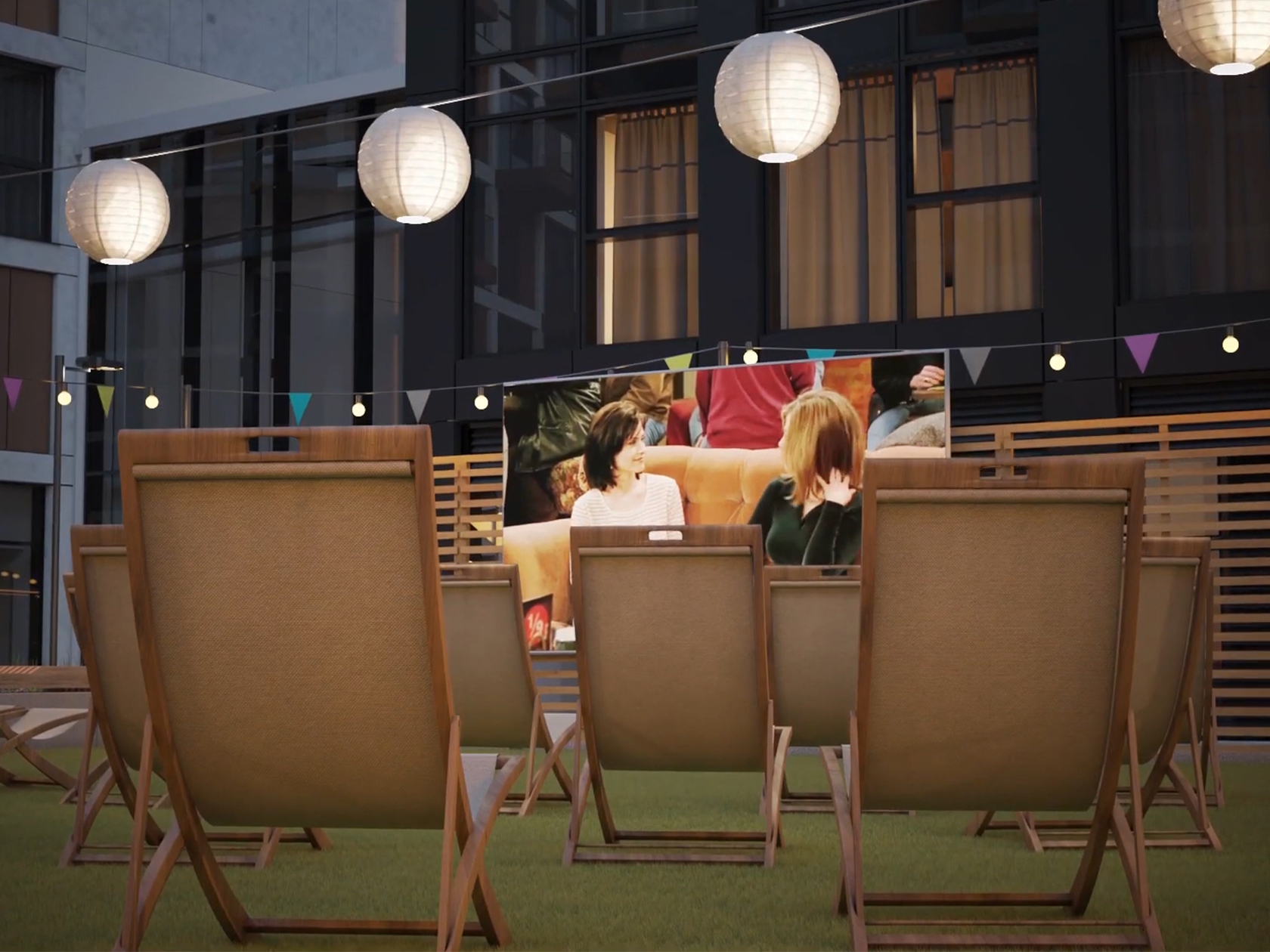Build to Rent Market Update

Having attended a Build to Rent (BTR) conference in Sydney early in 2018, i2C were eager to understand how the market had progressed over the past 18 months. With extensive BTR knowledge through our Okana partners Ryder Architecture, we took the opportunity to deliver a Build to Rent Market Update workshop on day two of this year’s Criterion BTR conference at the Rendezvous Hotel in Melbourne.
To ensure we hit the mark we seconded Andrew Costa, a Partner at Ryder, from their London studio to present with Brian Jende. Andrew has a wealth of knowledge in this sector, having delivered over 3,000 apartments in the UK Build to Rent to this sector during the past few years and with another 3,000 on the drawing board.

It is clear that the Build to Rent thinking in Australia has moved from a ‘what is it and will it happen?’ discussion to one of ‘how do we make it happen and what does it look like?’ Until now there have been more questions than answers. There is a plethora of data, statistics and demographic information available. That informs us that there is a real need and appetite for a BTR product in Australia. As designers though, the question most asked of us is, ‘is there a one size fits all model?’. The answer is no. You need to match the catch and understand your target market. For each client, this will be different based on their business models and a myriad of factors that influence the product to be offered.
Some of these questions are:
What age group/s are we targeting?
Are we offering a social housing and affordable housing component?
What public transport and infrastructure is available?
Does the surrounding amenity provide for the needs of the occupants?
Do we need to provide common amenities within the development?
And by far the most influential question in shaping the project, what is the management model to be used?

Whilst there is much talk around the ‘sweet spot’ being 300+ apartments, this seems to be linked to the management model employed by the bigger operators to reach the desired efficiency. What we have found is that developments of all shapes, sizes and flavours can be successful. If we look at the UK experience, we see several operators providing developments from 100 apartments and greater, with typically 35% allocated to ‘key workers’ or discounted rent as an example. Where partnerships with the Government exist this often increases to 50%. Whilst this may not be an amenity-rich product, there are well considered open outdoor common areas at the ground floor and well designed components to accommodate unplanned social interactions. These elements aim to build meaningful relationships and community. The management model can work well when an operator has several smaller developments within an area. The operations team can be agile and move quickly between buildings as required. Location is an important factor and proximity to workplaces, infrastructure and local amenities must be considered during the design process.

Build to Rent can also be considered a relevant model to accommodate our ageing population whilst at the same time tackling the problem of loneliness, that so often afflicts the older members of our community. Apartments can be designed in a smart way to allow for ageing in place. We are social creatures by nature and often enjoy the diversity that an intergenerational mix of residents can offer.
As the assets remain under one ownership for an extended period there are important considerations around the quality of construction, fittings and fixtures that directly impact the operations and maintenance of the development. There are also exciting opportunities for sustainability and energy efficiency initiatives that are often quickly dismissed in a build to sell model. With the younger generation ever aware of the ‘climate crisis’ facing them, their priorities are clearly focussed on a place to live that is environmentally top of its class. It should foster a culture of social awareness and sharing. These should be seen as drawcards for BTR owners and operators to consider whilst also benefitting from reduced utility costs whilst positively impacting the environment and society.
The benefits of Build to Rent are vast, varied and well-documented. One that seems to resonate most amongst renters in the current market is the security of tenure. The average tenancy term in Australia is currently 1.5 years. Established BTR models in the US, UK and Europe offer a rental period of three years and longer. This can provide a new group of renters the freedom to be in control of their rental in a way that reflects their lifestyle, the freedom to travel at will, freedom to move from city to city; whilst at the same time belonging to a social group focussed on community.
In stark contrast to the ‘quick profit’ mentality that is so toxic in much of the build to sell strata model, the excitement for me with BTR is the opportunity and challenge to create places that are inspiring to live in and enhance peoples lives. In which case perhaps we should consider ‘Build to Live’ as more positive terminology.

See more on our Build To Rent projects

Brian Jende
Managing Director
